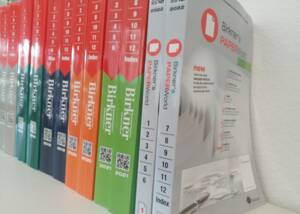Why the food industry is increasingly relying on banding
News General news
Only as much packaging as necessary, no additional labels, less plastic, high level of automation - these are just some of the arguments in favor of banding in the food sector.

Only as much packaging as necessary for fruit & vegetables, convenience food and meat products
Banding made of paper with less than 5% foreign material content or recyclable film made of mono-material replaces plastic bags, shrink films, adhesive tapes or cardboard sleeves, among other things. Depending on the application, they bundle products into logistical units, label them, replace labels or take on the role of attractive and customer-friendly sales packaging. The targeted use of banding saves huge amounts of packaging material, from production through logistics to the sales shelf.
From deep-freezing to baking - banderoles are surprisingly versatile in use
The wide variety of materials and different manufacturing processes open up almost endless application possibilities. Banderoles can be deep-frozen or baked if required, are resistant to water and oil, and can be equipped with antimicrobial properties. They are also printed exclusively with low-migration inks approved for foodstuffs. On request, they can also be printed on both sides and, during banding, with additional flexible information such as the best-before date, batch number or a bar code. This makes additional labels superfluous.
For vegetable producers, growing startups and established industrial companies
Banding machines are available from semi-automatic tabletop models to fully automatic end-of-line solutions integrated into the production line. They can be rented and process both paper and film. This makes banding an extremely flexible and scalable packaging solution.










